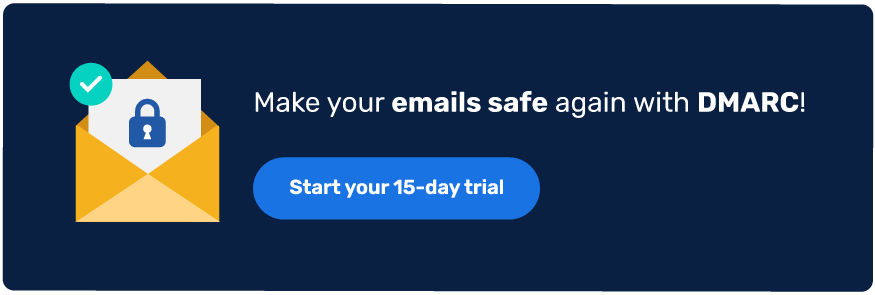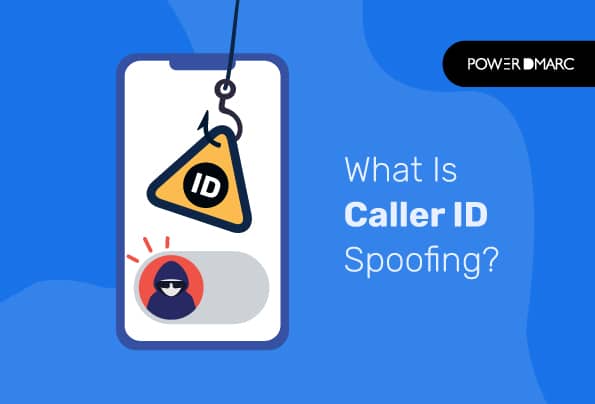Key Takeaways
- Caller ID spoofing allows individuals to mask their real phone number, making it appear as if the call is coming from a different source.
- This practice is commonly exploited by telemarketers and fraudsters to gain the trust of potential victims.
- Recognizing the signs of spoofed calls, such as calls appearing from your own number, is crucial for protection.
- Taking proactive measures, like refraining from sharing personal information, can help mitigate the risks of caller ID spoofing.
- Understanding how caller ID spoofing works enables individuals and businesses to better respond to and prevent potential scams.
Every day, millions of people are targeted by phone scams, robocalls, and fraudsters posing as banks, government agencies, or local businesses. One of the tactics they rely on is caller ID spoofing, a trick that makes a call appear to come from a trusted number when it’s really from someone else. This deception can put your money, privacy, and peace of mind at risk.
In this article, we’ll break down what caller ID spoofing is, why scammers (and sometimes legitimate callers) use it, and most importantly, how you can recognize and protect yourself from it.
What Is Caller ID Spoofing?
Caller ID spoofing is a form of telephone fraud where a caller deliberately disguises their phone number so it appears to come from someone else. This is often done using online tools or phone system settings to trick recipients into answering.
Scammers use caller ID spoofing to gain trust, avoid being blocked, and increase the chances of victims picking up the call. By posing as a familiar number or a legitimate organization, they can steal personal information, commit fraud, or push unwanted sales.
Common spoofing techniques include:
- Neighbor spoofing – making the call appear local by matching the first few digits of your number.
- Mirroring – displaying your own phone number on the caller ID.
- Impersonation – showing the number of a real business or government agency.
- Fake or invalid numbers – using numbers that can’t exist on a real network (e.g., 123-456-7890).
These tactics are designed to lower your guard. That’s why caller ID spoofing is a dangerous tool that scammers use to trick people into giving up money or sensitive information.
Simplify Caller ID Spoofing Security with PowerDMARC!
How caller ID spoofing works
Spoofers manipulate the caller ID data your phone displays by sending falsified information through the phone system so the number (and sometimes the name) looks like it came from someone else.
They do this through:
- VoIP spoofing:
- What it is: Using Voice-over-IP systems to place calls while embedding any desired caller number in the signaling data.
- How it operates: VoIP providers send call setup messages (SIP, etc.) that include the “From” number; cheap or malicious VoIP services let users set that field to any value, so the receiving carrier and your phone show the spoofed number.
- Spoofing services:
- What it is: Web- or app-based commercial services that let a user type the number they want displayed.
- How it operates: The service dials the victim and then bridges the call to the attacker — the service injects the chosen caller ID into the call metadata so the recipient sees the fake number.
- Neighbor spoofing:
- What it is: A social-engineering tactic that makes the incoming number share key digits (usually the area code and first three or four digits) with the recipient’s number so it looks local.
- How it operates: The attacker programs a spoofed caller ID that matches the local prefix; because it looks familiar, people are more likely to answer.
- CNAM manipulation:
- What it is: Changing the Caller Name (CNAM) record that appears alongside a number in some phone interfaces (for example, showing “Bank of X” instead of a raw number).
- How it operates: Many carriers and CNAM databases rely on third-party lookups; attackers or unscrupulous services can submit false CNAM entries or exploit weak validation so a spoofed number resolves to a trusted name when the network queries the CNAM database.
These methods either exploit flexible VoIP signaling, third-party services and databases, or human trust (local-looking numbers and familiar names), which is why spoofing is effective and why caller ID alone is no longer a reliable indicator of who’s actually calling.
Risks and Dangers of Caller ID Spoofing
Caller ID spoofing poses significant risks to both individuals and businesses. By disguising their identity, scammers can launch convincing fraud attempts, trick people into sharing sensitive information, and erode trust in phone communication altogether.
For individuals, this can mean identity theft, financial loss, or simply the stress of constant scam calls. For businesses, spoofing damages brand reputation, ties up resources, and frustrates customers who believe the company itself is behind the calls.
Mitigating negative experiences
Customers frequently hold you responsible, regardless of whether a spoofing caller ID was utilized for illicit behavior.
Take immediate action to halt caller ID spoofing if your company name has been the subject of numerous fraud cases. Additionally, create efficient systems to handle phone calls, emails, and social media feedback, using tools like a voip auto dialer to streamline response workflows and reduce disruptions caused by spoofing incidents.
Wasted resources
When you receive a call from someone who has spoofed their caller ID, it can be challenging to determine whether or not it’s a legitimate call. You may waste time and resources answering calls that shouldn’t have been answered in the first place. This can waste time and money that could have been spent servicing real customers instead of dealing with false leads.
Financial frauds
There have been many cases where criminals have used this service to trick people into giving away their money or personal information. They will make it seem like they are calling from a bank or another large company, so people think it is safe to give them their money or credit card details. If you give these things away, then there is no way for you to get them back again, so be careful when dealing with people who claim to be from big companies such as banks or credit card providers.
Customer impact
Customers don’t like being deceived by businesses they trust because it impacts their trust in those businesses and your brand overall. When they feel they’ve been lied to, they may choose not to do business with you in the future, which could significantly hurt your bottom line over time!
How to Detect Caller ID Spoofing
Several obvious indications might detect your phone number is being faked. You might observe the following if your spoof business phone number is being used to spam many prospective victims:
- Receiving calls or texts in response to interactions that you did not start.
- Incoming phone calls that seem to be coming from your number.
- Callers or messages who inquire about your identity.
- Unknown callers or texters who beg you to quit bothering them.
How to Protect Yourself from Caller ID Spoofing
There is no foolproof technique to prevent a phone number spoofer from using your caller ID, as spoofing services often generate numbers at random. However, you can still do things to prevent scammers from using your number to commit crimes by employing deceptive social engineering techniques.
You can start by:
- Protecting your personal number
- Don’t overshare your phone number online or in contests.
- Review privacy settings and opt out of data-sharing whenever possible.
- Use a secondary number (Google Voice, VoIP) for sign-ups or business use.
- Protecting yourself from spoofed calls
- Don’t trust caller ID alone — verify calls by hanging up and calling the official number.
- Use call-blocking apps or carrier spam-filtering tools.
- Report spoofed calls to your telecom provider or regulatory agencies (FTC in the US, CRTC in Canada, etc.).
- Let unknown calls go to voicemail and screen them before calling back.
What to Do If You Are a Victim
Caller ID spoofing might be outside your control, but how you respond isn’t. Whether scammers are misusing your number or targeting you with fake calls, there are proven steps you can take to protect yourself, limit the damage, and help authorities crack down on spoofing.
If your number is being spoofed:
- Notify your contacts: Let friends, family, and customers know that your number is being used fraudulently, so they can be cautious.
- Contact your phone provider: Report the spoofing so they can investigate and advise on possible protections.
- Report to authorities: File a complaint with organizations like the FCC (U.S.), CRTC (Canada), or your local telecom regulator.
- Monitor for escalation: Watch for unusual account activity or identity theft attempts that may be connected.
Final Words
Now it should be clear what caller ID spoofing is and why it’s a serious threat. By understanding how it works and knowing how to respond, you can better protect both your personal identity and professional reputation. When in doubt, don’t answer suspicious calls, and block numbers that seem unsafe.
Spoofing doesn’t stop at phone calls; attackers also use similar tricks across email, domains, and other communication channels. To strengthen your defenses, explore how PowerDMARC’s tools can help safeguard your organization against spoofing and related threats.
Frequently Asked Questions
Can caller ID spoofing be traced?
Usually, no. Spoofers hide their real number, but law enforcement and carriers can sometimes trace calls with deeper investigation.
What happens if you call back a spoofed number?
You’ll likely reach the real owner of that number, who has nothing to do with the spoofed call.
What happens if you block a spoofed number?
It only blocks that number. Since spoofers constantly switch numbers, it won’t stop future spoofed calls.
What are the three types of spoofing?
Phone number spoofing, email spoofing, SMS spoofing, domain spoofing, and GPS spoofing are the most common forms.

- Top 7 Best Email Verification Tools for Secure Delivery - November 28, 2025
- CNAME vs A Record: Which DNS Record Should You Use? - November 18, 2025
- DMARC MSP Case Study: How PowerDMARC Secures Amalfi Technology Consulting Client Domains from Spoofing - November 17, 2025



